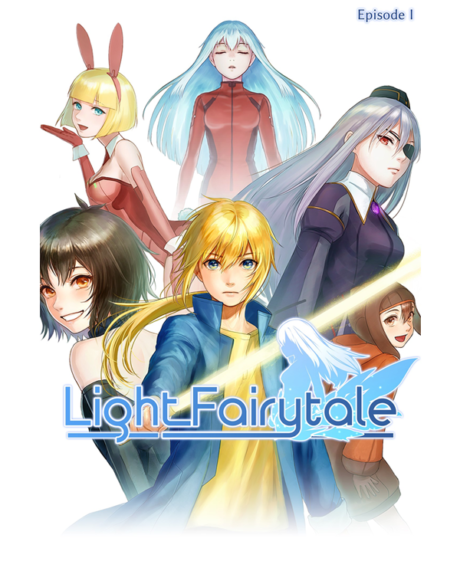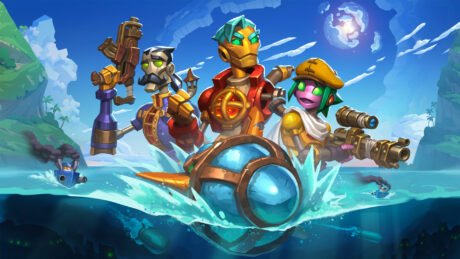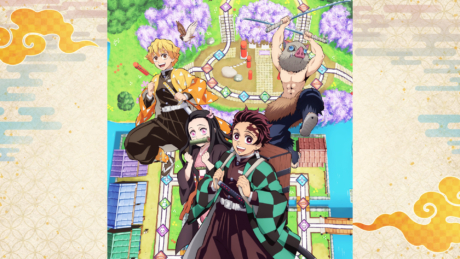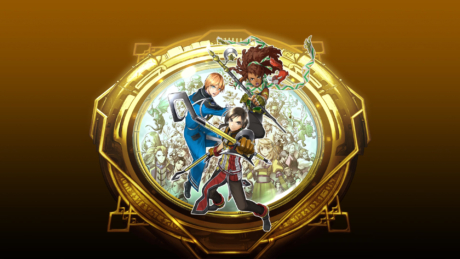Purrr....
- ‘90s RPG nostalgia
- Good introduction
- Soundtrack
Hisss!
- Too short
- Level, item, and money caps
Platform
Switch, PlayStation 4, Xbox One, PCPublisher
neko.worksDeveloper
neko.worksSeries
Light FairytaleGenre
Action, Adventure, RPG, Strategy/TacticsPlayers
1File Size (Minimum)
392 MBRelease Date (NA)
May 13, 2019Filed Under
Light Fairytale Episode 1 is the first entry to the Light Fairytale series, which was influenced by 1990s Japanese role-playing games (JRPGs) such as Wild Arms, Final Fantasy VII, and Lunar: Silver Star Story. The game certainly does a great job being a tribute to those ‘90s titles, but it only hints at the possibility of being a golden indie RPG.
Tune In Next Time

The entire Light Fairytale game is spread out across four episodes. The first two episodes are already playable, while the third and fourth are still in development. While many players can already start their journey in this intriguing series on consoles and PC, the first episode finally arrives on the Nintendo Switch, with the second to release later this year.
Those who’ve played JRPGs from the golden days on the first PlayStation, or on Sega’s classic Sega CD, Saturn, or Dreamcast consoles, will feel the nostalgia rush with Light Fairytale. While many RPGs consist of a solid thirty hours, Light Fairytale Episode 1 can be completed in less than five. That includes playing its two story modes. For the price of $9.99 USD, it’s a tough pill to swallow, but if you really enjoy turn-based RPGs, then you won’t think twice about the price tag.
Two are Better Than One

The game revolves around two people: Haru and Kuroko. Each one has their own personality and skills in battle. Haru is pretty lazy and naive but is a kind soul. When he has a goal in mind, he’ll work for it. His skill with a sword comes in handy in battle, especially with the weapon being enhanced by the elemental power of lightning. However, using that power comes at a price. Each turn, you’ll lose a magic point (MP). Once depleted, your weapon becomes a regular sword and does less damage. There’s no option that gives players control over when they can activate it.
Haru’s childhood friend, Kuroko, has a bit of a temper but is a dependable person. She’s also very fond of technology and is quite handy with it. Let’s also not forget she’s short, cute, and has a crush on Haru (but won’t admit her feelings towards him). She also has martial art skills that are different than in most games, allowing players to choose to use her fists or feet to attack. This also means she has two weapon slots. That’s pretty rare to see in most RPGs. Also, in a nod to her tech prowess, her hack ability can cancel an enemy’s attack if they are a mechanical foe. However, it doesn’t hold up its value; it’s more like a gamble. Instead, players will use her physical and elemental attacks in place of her hack attack. Sorry, Kuroko, don’t be angry!

These two are your playable characters throughout. There are other intriguing characters, such as the general of the evil empire and another childhood friend, but neither join your team nor become playable in this episode. Still, you get a good sense of them from the game’s dialogue. It’s solid overall with some comical humor and sexual innuendos for flavor. After all, what do you expect to read when there’s a character dressed up in a sexy bunny outfit in the town’s pub?
You’ll play through Haru’s story, and after completing it in around two hours, you’ll have the option to play Kuroko’s story. If you rush through the dialogue, completing the game in one hour is doable. There isn’t much difference save for a small handful of dialogue and scenes. Again, you’ll complete these stories real quick. The game could have added more scenarios within the city, such as offering side quests or diving into some character pasts. Additionally, in the beginning of a game, there’s a character that’s shown once but never again in the rest of the episode. The first episode could go in many ways but chooses not to.
If you’re striving for 100% completion, including trophies and achievements, you’ll play them multiple times over. Many of the awards are missable if you rush through the game. Finding and earning these awards are fun. Completing the game for both characters and being defeated once in battle both unlock animation scenes. When you start episode 2, you can transfer your save data over. Character stats and inventory come over, which comes in handy as you won’t have healing items on-hand if you start fresh in the next episode.
Other Ways to Play
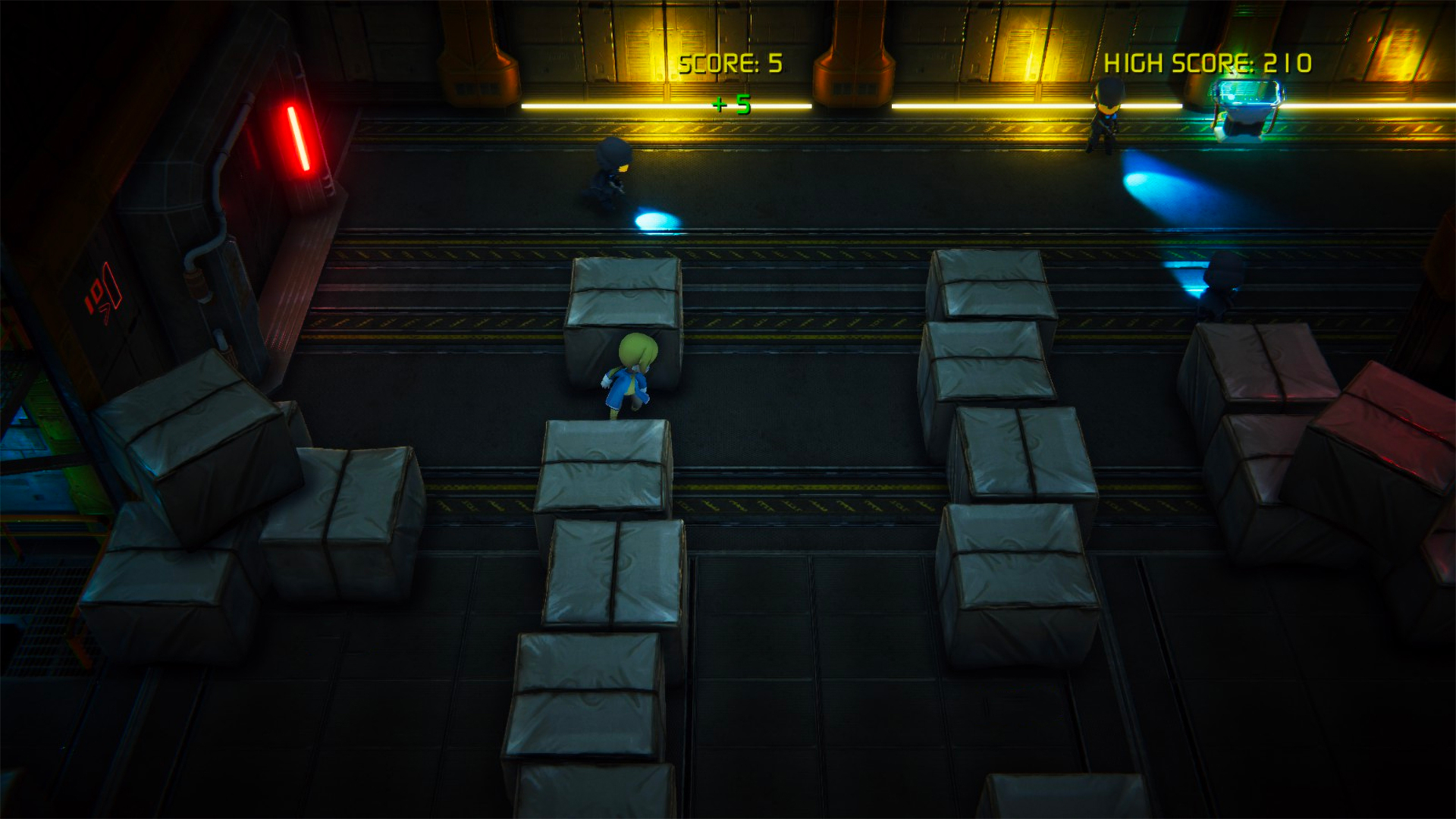
Episode 1 offers a couple minigames: a stealth game and an arcade biker game called Night Rider. The stealth game becomes available during the game’s story. Players move between objects to avoid being spotted by guards. Points are gained based on speed and timing. Gather enough points and you can win prizes such as equipment or healing items. Achieving the top score takes time and patience.
Night Rider is a Tron-like game with a top-down, aerial-view. The bike automatically moves, but it’s up to the player to navigate the bike on the path. Going off the path lowers your speed. Stay on the road to grab stars to keep the timer going. The longer you stay, the higher your score becomes. Gaining the high score in Night Rider is relatively easy as long as you don’t go offroad more than a handful of times.
Both games are enjoyable at first, but the replay value dips down quickly. Earning the high scores doesn’t take a long time to achieve either. Regardless, hopefully more minigames like these become available in future episodes.
Back to the Classics
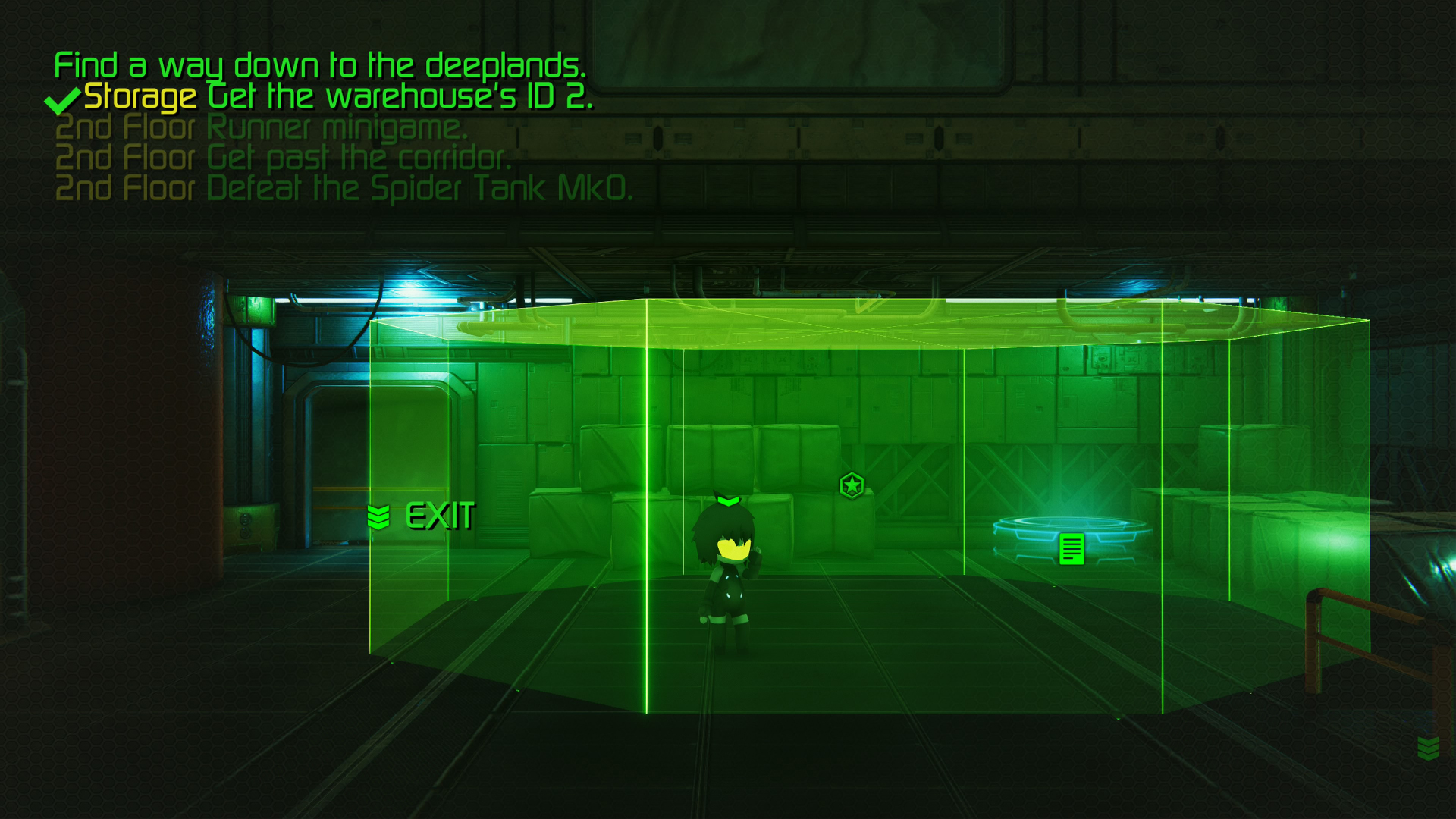
The location, style, and gameplay are a blend of two classic JRPGs: Wild Arms and Final Fantasy VII. The first episode of Light Fairytale starts in a dying underground world ruled by an evil empire. The grungy and dark location resembles downtown Midgar from Final Fantasy VII, another world with that same feeling. There are different floors of living here, the higher the number, the better your living condition.
Turn-based gameplay drives this indie JRPG’s battle mechanics. Instead of loading bars per party character, the game uses a list of icons to determine whose turn it is. The icons are hard to follow, though. They are quite small, making it difficult to see the design that represents individuals on the battlefield. Instead, players will more likely ignore this and assume the order based on the first round of battle.
Random battles are limited in this game. Specific areas are given a percentage of the amount of battles that can occur, which can be viewed through the game’s handy goggles by a simple press of a controller button. Once that percentage is complete, a star icon replaces it. No more random battles from then on in that area. That said, you are not given the option to flee in any battle.
At first, it sounds great as those who’ve played older JRPGs were saturated with random battles. But the game limits what level you can be, level 4 for this episode, as well as the amount of currency you can have. If you use up too many healing items, you may screw yourself for the last battle of the game. Also, you can only hold a certain amount of items in your inventory: five per item in your team’s inventory.
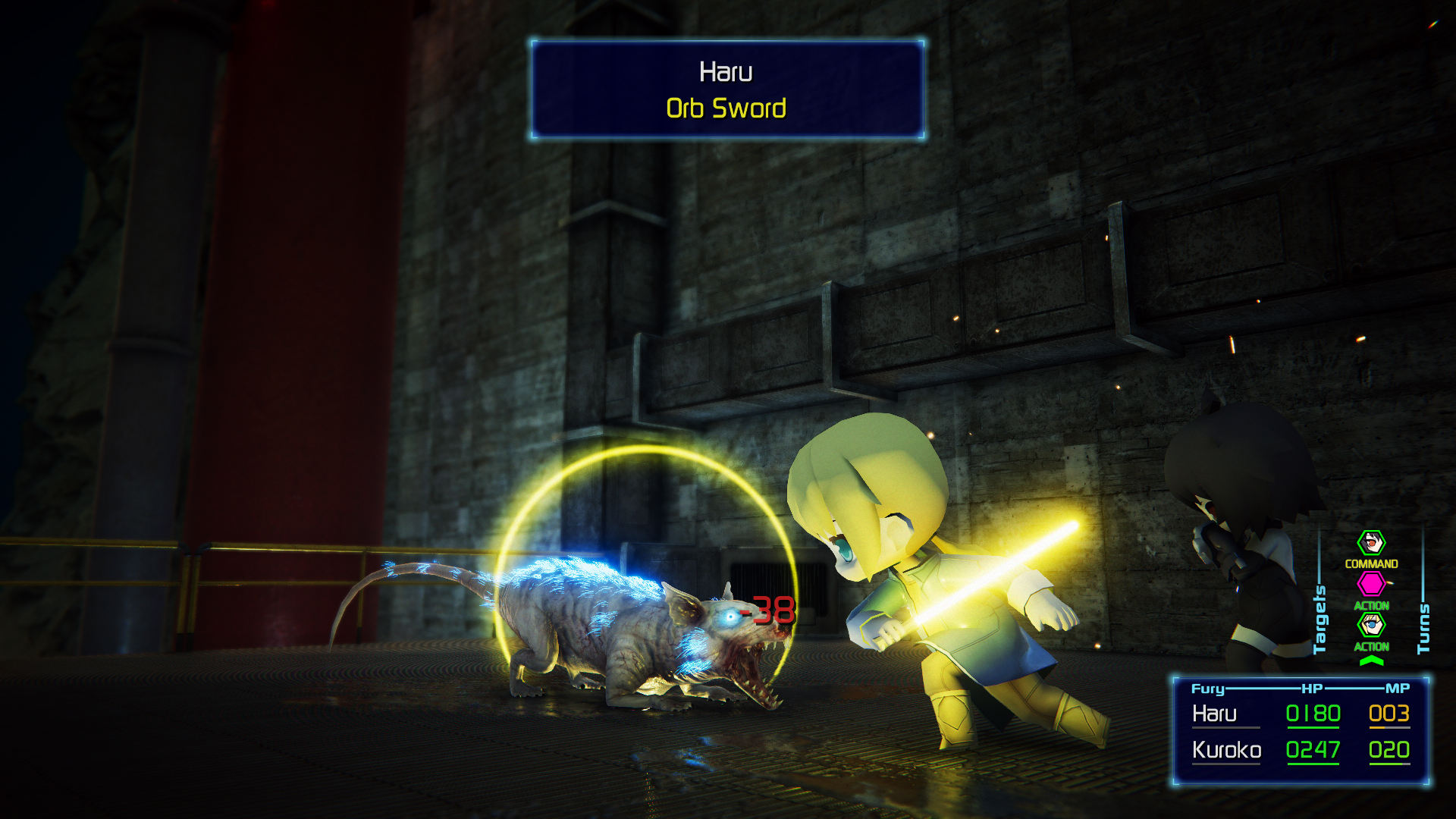
The character designs are based on chibis, a short but cute representation of the real version. The 1996 RPG, Wild Arms, closely resembles that same style that Light Fairytale utilizes. The renders are fairly detailed but look too smoothed out.
Unlike Wild Arms and many other turn-based JRPGs from the ‘90s and earlier, you don’t go through a battle transition to a new, wider open battlefield. Instead, the battle takes place immediately on the field map. That’s typical to see as loading times are much faster today compared to the ‘90s. However, it takes away that nostalgic feel by not having those battle transitions.
The game’s soundtrack, though short, feels like it was picked up from the ‘90s. The boss battle feels energetic and has a similar vibe to Final Fantasy VII’s “Still More Fighting” track. The game also includes a vocal track that fits its anime-style animation. There’s a solid mixture between upbeat and relaxing tracks that fit the scenes and areas where they play.
The First Last Battle
Light Fairytale Episode 1 is fun, but it feels more like a tease. This JRPG inspired title has what it takes to become a great game, but it needs more content to prove it. Those who enjoyed classic JRPGs from the ‘90s will want to visit this world. Turn your blade on and prepare for a quick battle.
A PlayStation 4 code was provided for this review and gameplay footage. Light Fairytale Episode 1 available for the Nintendo Switch, PlayStation 4, Xbox One, and PC.
